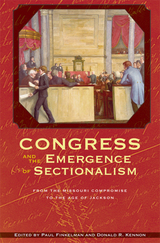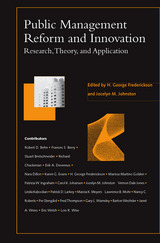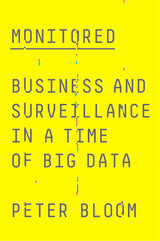Cloth: 978-1-62616-479-6 | Paper: 978-1-62616-480-2
Library of Congress Classification JK421.A558 2017
Dewey Decimal Classification 352.10973
Today, the work of government often involves coordination at the federal, state, and local levels as well as with contractors and citizens’ groups. This process of governance across levels of government, jurisdictions, and types of actors is called intergovernmental relations, and intergovernmental management (IGM) is the way work is administered in this increasingly complex system. Leading authority Robert Agranoff reintroduces intergovernmental management for twenty-first-century governance to a new generation of scholars, students, and practitioners.
Agranoff examines IGM in the United States from four thematic perspectives: law and politics, jurisdictional interdependency, multisector partners, and networks and networking. Common wisdom holds that government has “hollowed out” despite this present era of contracting and networked governance, but he argues that effective intergovernmental management has never been more necessary or important. He concludes by offering six next steps for intergovernmental management.
See other books on: Central-local government relations | Decentralization in government | Federal government | Public administration | Public Affairs & Administration
See other titles from Georgetown University Press

























